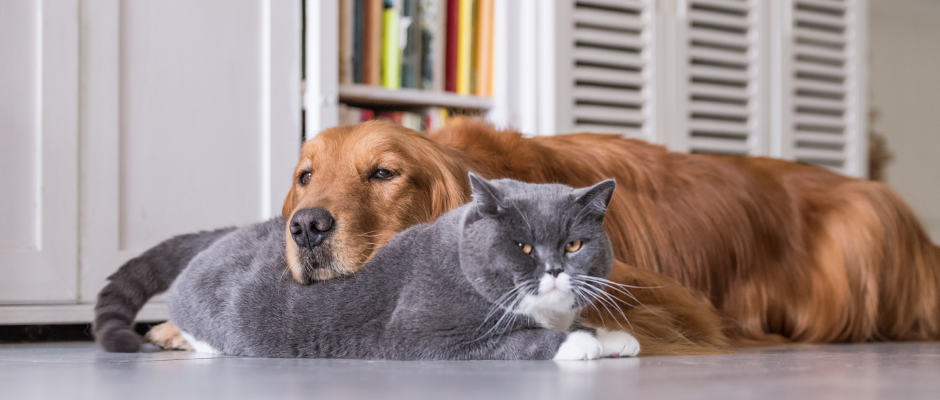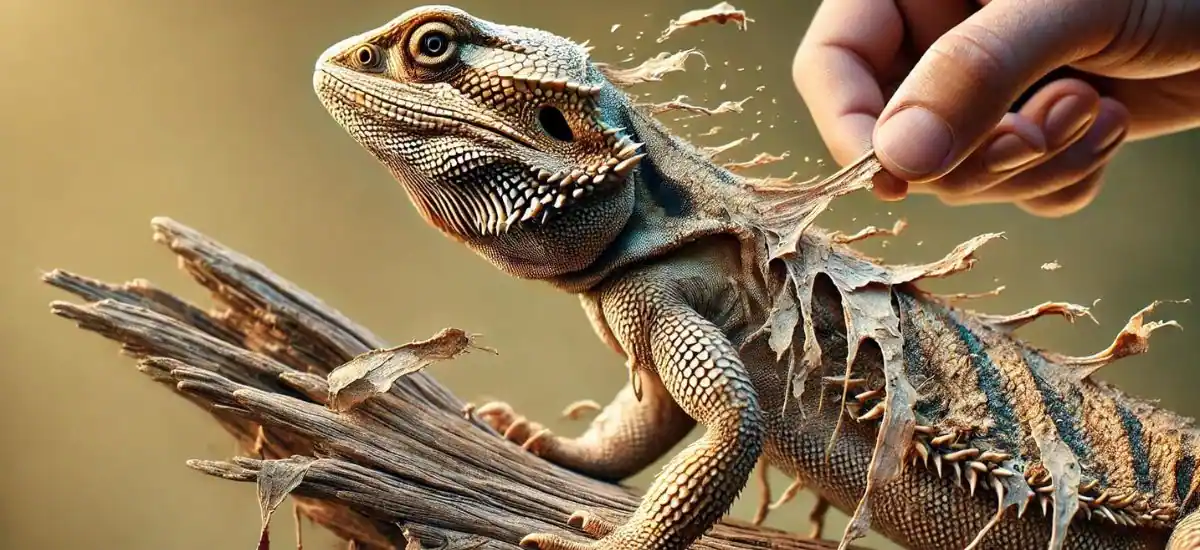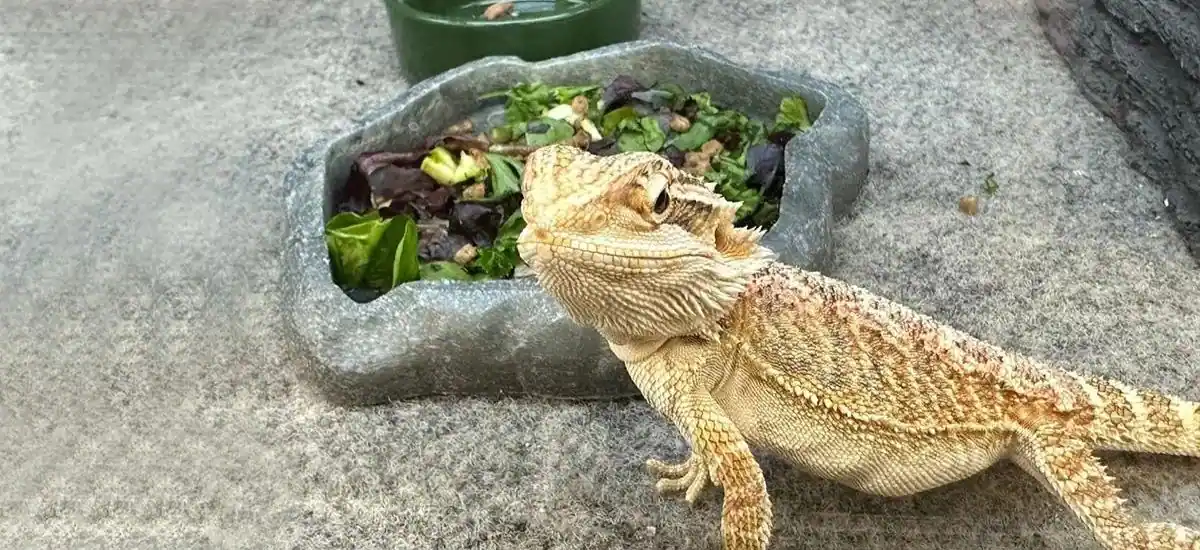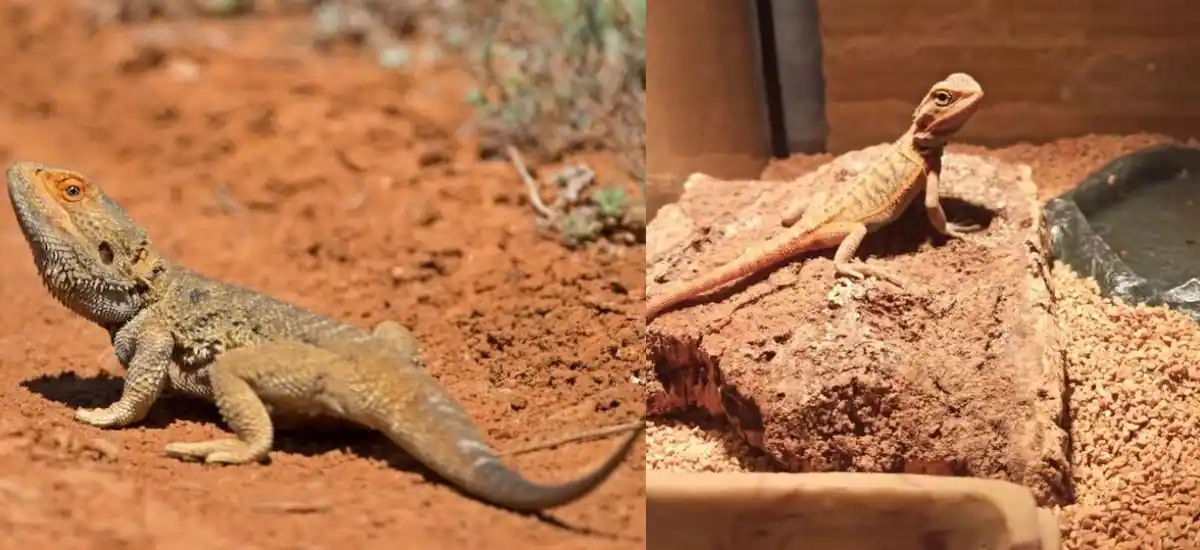Bearded dragons are popular pets known for their friendly nature and unique appearance. Understanding their shedding process is a key aspect of their care. Shedding is a natural part of a bearded dragon’s life cycle, where they shed their old skin to make way for new growth. Young bearded dragons can shed as frequently as every few weeks, while adults typically shed less often, around a few times a year. This process is crucial for their health and well-being.
What is Shedding in Bearded Dragons?
Definition of Shedding
Shedding, also known as ecdysis, is the process by which bearded dragons remove their old, dead skin to reveal fresh, new skin underneath. This is a vital part of their growth and overall health.
Why Bearded Dragons Shed
Bearded dragons shed for several reasons:
- Growth: As they grow, their skin does not stretch, so they need to shed to accommodate their increasing size.
- Health: Shedding helps remove parasites and dead skin that could cause infections.
- Skin Renewal: It allows for the renewal of their skin, keeping it healthy and vibrant.
Factors Influencing Shedding Frequency
Age of the Bearded Dragon
The age of your bearded dragon significantly impacts how often they shed. Younger dragons, especially hatchlings and juveniles, shed more frequently because they are growing rapidly. As they age and their growth slows, the shedding intervals become longer.
Growth Rate
Dragons that grow faster will shed more often. This is particularly true during their juvenile stages when their growth spurts are most pronounced.
Health and Diet
A bearded dragon’s overall health and diet play a crucial role in their shedding frequency. A well-balanced diet rich in vitamins and minerals supports healthy skin and can promote regular shedding. Conversely, health issues or nutritional deficiencies can disrupt the shedding process.
Environment and Humidity Levels
The environment, particularly humidity levels, affects shedding. Bearded dragons require a certain level of humidity to shed their skin effectively. If the humidity is too low, it can lead to incomplete sheds and other skin problems. Ensuring the right environmental conditions is key to a healthy shedding process.
Typical Shedding Schedule by Age

Hatchlings and Juveniles: Frequency and Duration
Hatchlings and juvenile bearded dragons shed quite frequently, often every few weeks. This high frequency is due to their rapid growth during the early stages of life. Each shedding process for hatchlings and juveniles can last from a few days to a week, depending on various factors such as diet and environment.
Sub-Adults: Changes in Shedding Patterns
As bearded dragons transition from juveniles to sub-adults, their shedding frequency begins to decrease. Sub-adults typically shed every 4 to 6 weeks. During this stage, their growth rate slows down, which results in less frequent shedding. However, the shedding process itself can still be intense and may take a few days to complete.
Adults: Typical Shedding Intervals
Adult bearded dragons shed even less frequently, usually every few months. The exact interval can vary based on their health, diet, and environmental conditions. Adult dragons tend to shed in patches rather than their entire body at once, and the process is generally slower compared to younger dragons.
Senior Bearded Dragons: Reduced Shedding Frequency
Senior bearded dragons, those who are several years old, experience a significant reduction in shedding frequency. They may only shed a few times a year. This is due to their much slower growth rate and overall aging process. It’s crucial to monitor older dragons closely during their shedding periods to ensure they don’t face any complications.
Signs That Your Bearded Dragon is About to Shed
Physical Signs
- Dull Skin: One of the most noticeable signs that a bearded dragon is about to shed is a dulling of their skin color. The vibrant hues of their skin may become faded or appear grayish.
- Changes in Color: Specific parts of their body may change color, often turning lighter or darker than usual.
- Dry, Cracked Skin: As shedding approaches, their skin may look dry and start to crack, particularly around the edges of their scales.
Behavioral Signs
- Reduced Appetite: It’s common for bearded dragons to eat less when they are about to shed. This is normal and usually resolves once the shedding process is complete.
- Increased Rubbing Against Objects: Bearded dragons often rub their bodies against rough surfaces to help loosen and remove their old skin.
- Restlessness: They may become more active or restless as they try to facilitate the shedding process.
How to Help Your Bearded Dragon Shed

Maintaining Proper Humidity Levels
Ensuring the right humidity levels in your bearded dragon’s enclosure is vital for a smooth shedding process. Aim for a humidity level of around 30-40%. You can achieve this by misting the enclosure lightly or providing a humidity box where your dragon can retreat.
Providing a Balanced Diet
A diet rich in vitamins and minerals supports healthy skin and aids in the shedding process. Offer a variety of vegetables, fruits, and insects to ensure your bearded dragon receives all the necessary nutrients.
Ensuring a Clean and Stress-Free Environment
A clean and stress-free environment helps your bearded dragon shed more efficiently. Regularly clean the enclosure and provide hiding spots to reduce stress. A calm and comfortable dragon is more likely to shed without issues.
Using Shedding Aids and Accessories
- Shedding Baths: Offering a warm bath can help soften the skin and make shedding easier. Soak your bearded dragon in lukewarm water for about 15-20 minutes.
- Rough Surfaces: Include rocks or branches in the enclosure to give your dragon something to rub against, which can help remove old skin.
Common Shedding Problems and Solutions
Incomplete Sheds: Causes and Remedies
- Causes:
- Low Humidity: Inadequate humidity levels can cause the skin to become too dry, making it difficult for your bearded dragon to shed completely.
- Nutritional Deficiencies: Lack of essential vitamins and minerals can lead to poor skin health and incomplete shedding.
- Health Issues: Parasites or other underlying health problems can interfere with the shedding process.
- Remedies:
- Increase Humidity: Ensure the enclosure has the appropriate humidity levels. Mist the enclosure or provide a humid hide to help.
- Proper Nutrition: Offer a balanced diet rich in vitamins A and E, as these are crucial for skin health.
- Regular Baths: Give your bearded dragon warm baths to help loosen the skin.
Stuck Shed: How to Safely Assist
If your bearded dragon has patches of skin that won’t shed, it’s important to help them safely:
- Warm Baths: Soak your dragon in lukewarm water for 15-20 minutes to soften the skin.
- Shedding Aids: Use shedding sprays designed for reptiles to moisturize and aid the shedding process.
- Gentle Rubbing: Gently rub the stuck areas with a soft cloth or cotton swab after a bath. Be very careful not to pull or force the skin off, as this can cause injury.
Skin Infections: Prevention and Treatment
- Prevention:
- Clean Environment: Maintain a clean enclosure to prevent bacterial and fungal infections.
- Proper Humidity: Keep humidity levels within the recommended range to avoid skin issues.
- Regular Health Checks: Monitor your bearded dragon for any signs of infection or other health problems.
- Treatment:
- Veterinary Care: If you suspect a skin infection, consult a veterinarian. They can prescribe appropriate treatments such as antifungal or antibacterial medications.
- Topical Treatments: Your vet may recommend specific ointments or creams to apply to the affected areas.
When to Seek Veterinary Help
It’s crucial to know when professional help is needed:
- Persistent Stuck Shed: If your dragon repeatedly has trouble shedding, consult a vet to rule out underlying health issues.
- Signs of Infection: Redness, swelling, or discharge are signs that you should seek veterinary assistance.
- Behavioral Changes: Significant changes in behavior, such as lethargy or loss of appetite, can indicate health problems that need attention.
Frequently Asked Questions
Q1. How Long Does the Shedding Process Take?
Ans: The shedding process can vary, but typically it takes a few days to a week. Juveniles shed faster due to their rapid growth, while adults may take longer due to the more extended intervals between sheds.
Q2. Can Shedding Be Painful for Bearded Dragons?
Ans: Shedding is generally not painful, but it can be uncomfortable. Providing a stress-free environment and proper humidity can help alleviate any discomfort your bearded dragon may experience.
Q3. Is There a Specific Time of Year When Shedding is More Frequent?
Ans: Shedding frequency is more related to the age and growth rate of the bearded dragon rather than a specific time of year. However, changes in seasons can impact humidity levels, which may influence the shedding process.
Conclusion
Understanding and supporting your bearded dragon’s shedding process is crucial for their health. Regularly monitor their shedding, recognize the signs, and provide the proper environment, diet, and care. A well-cared-for bearded dragon is a happy and healthy pet.





